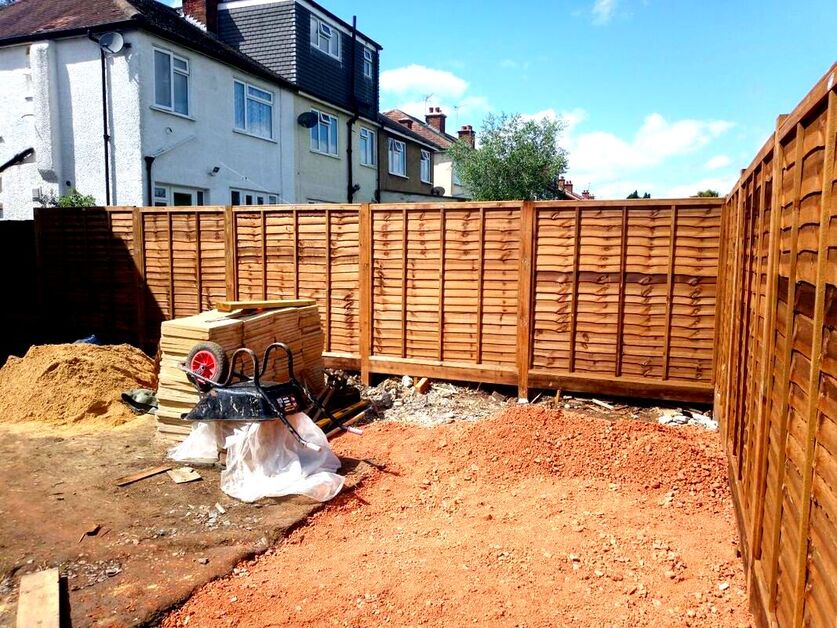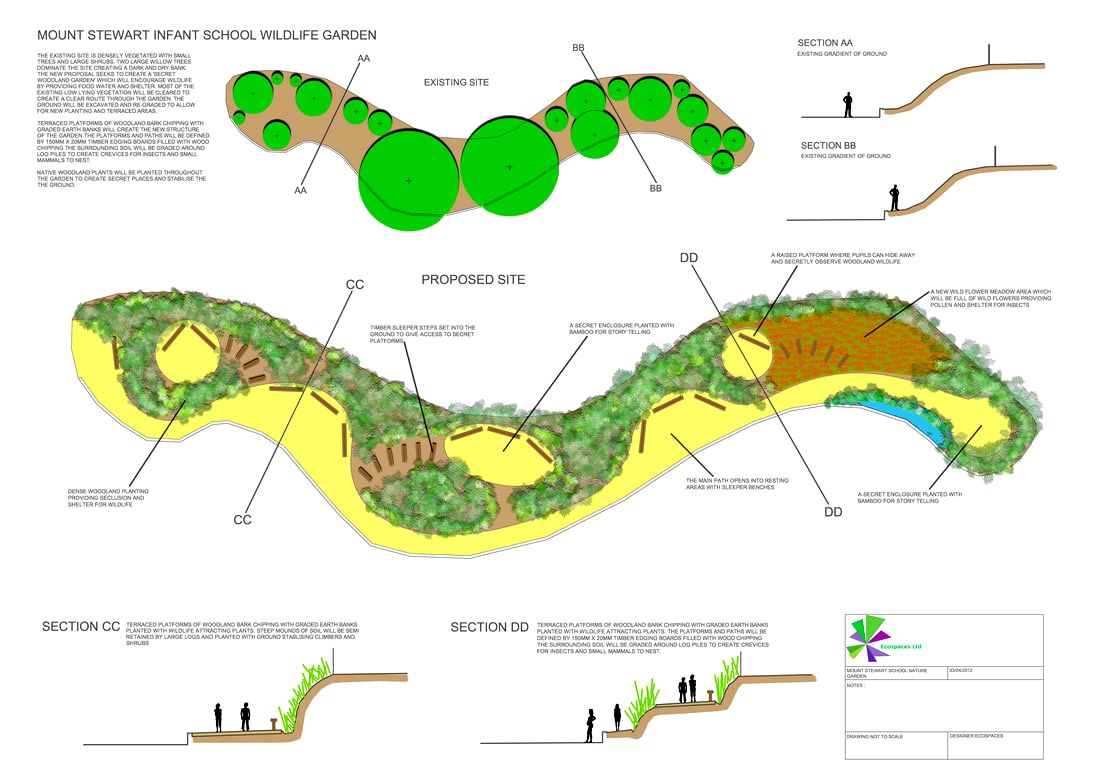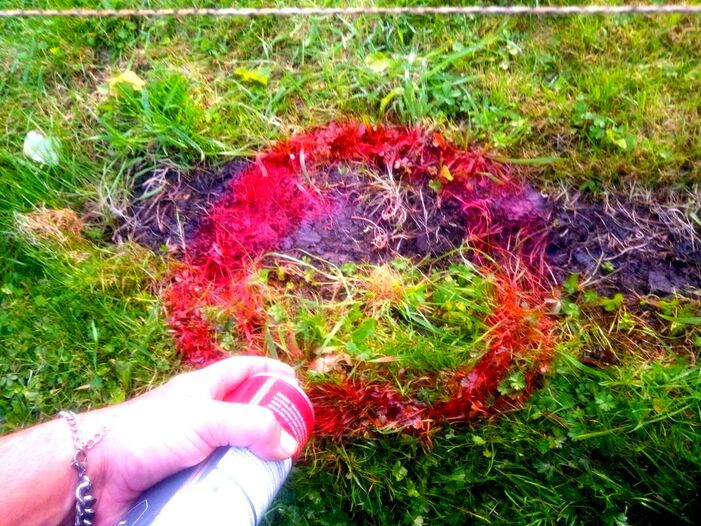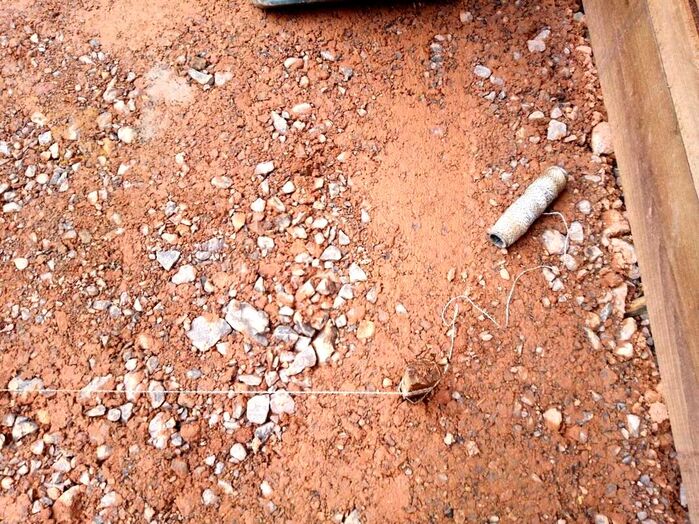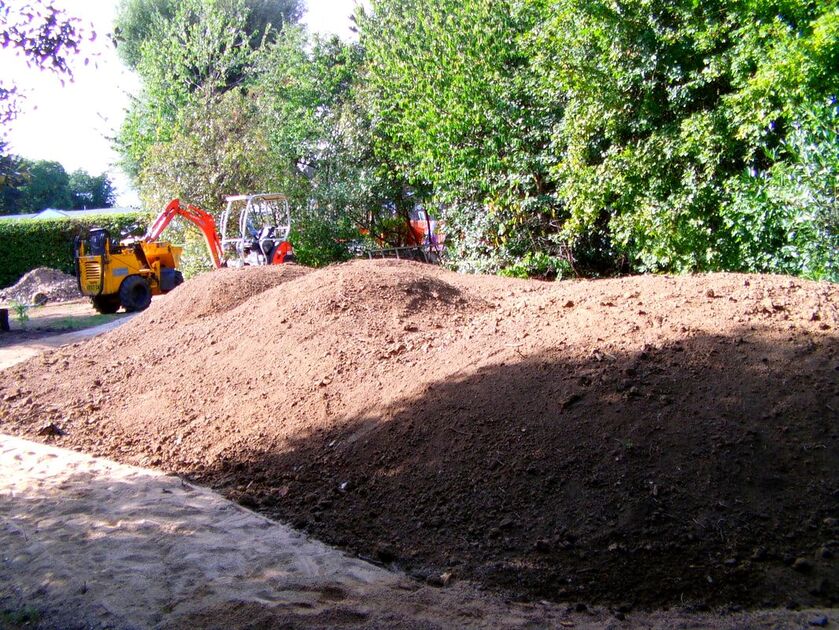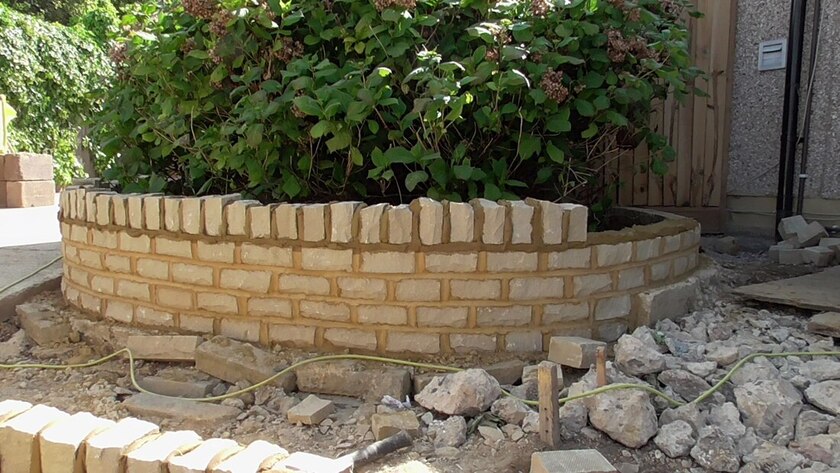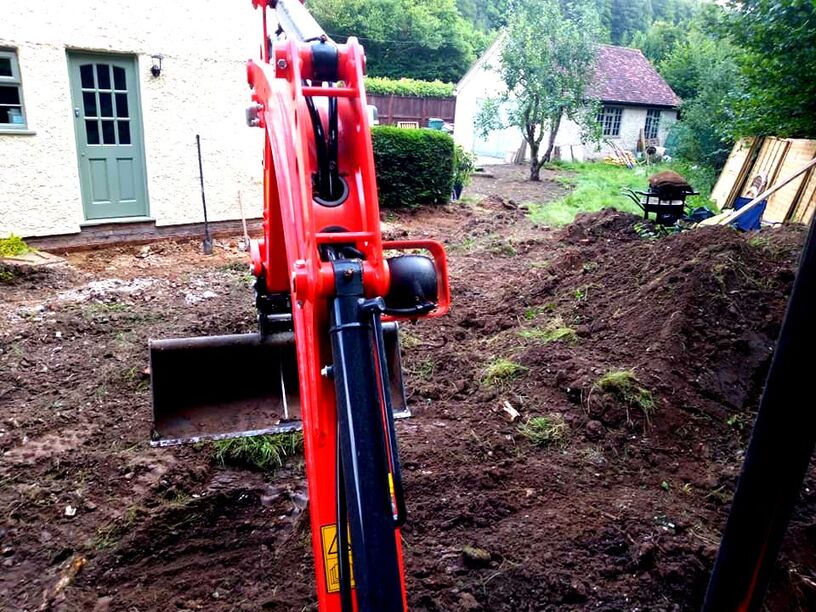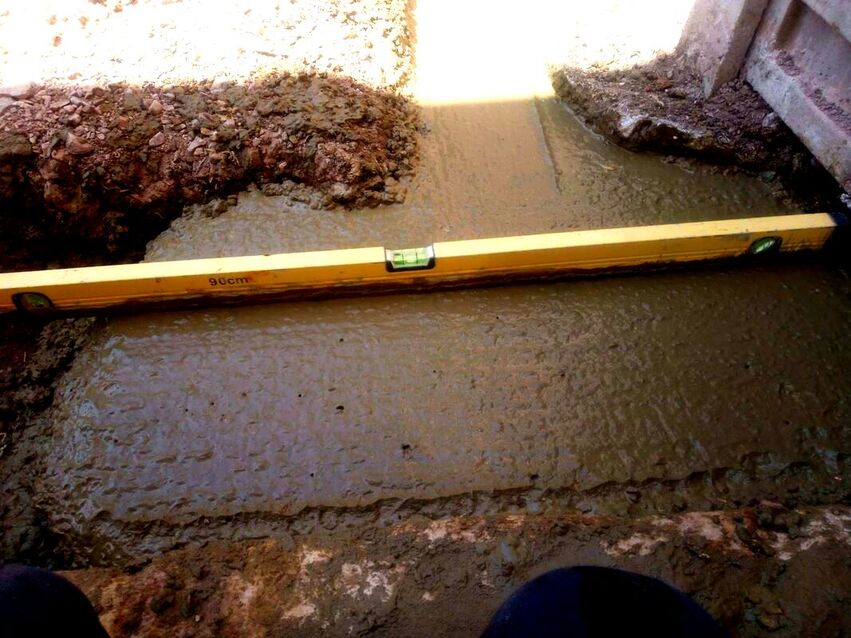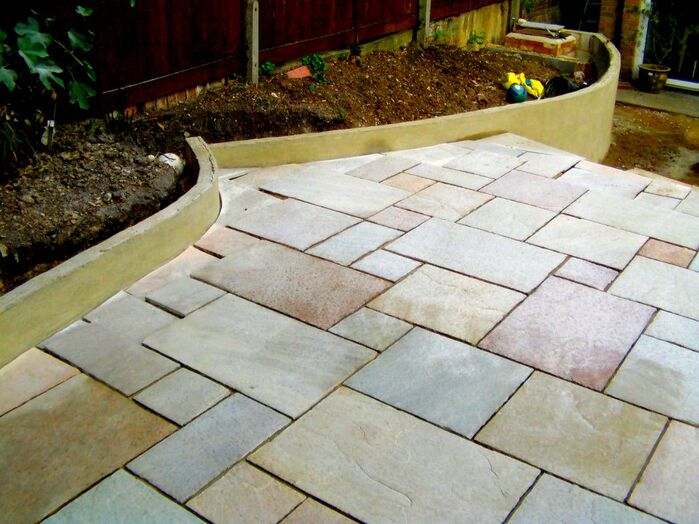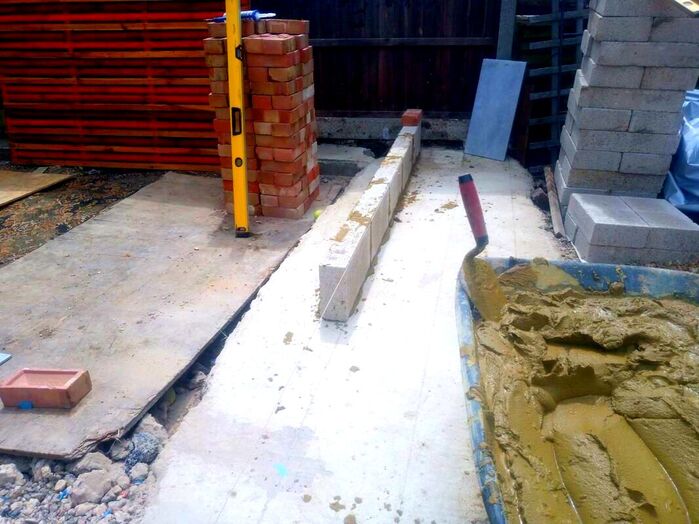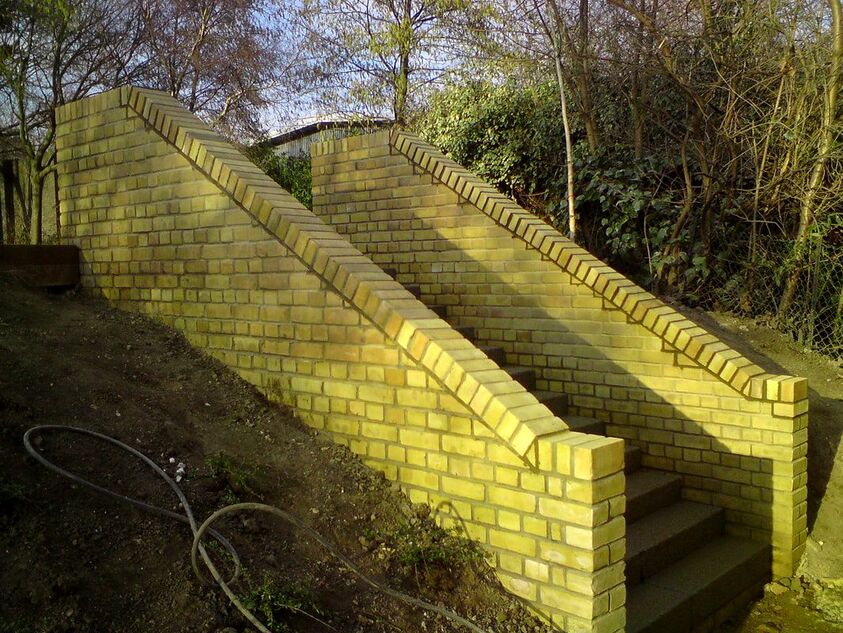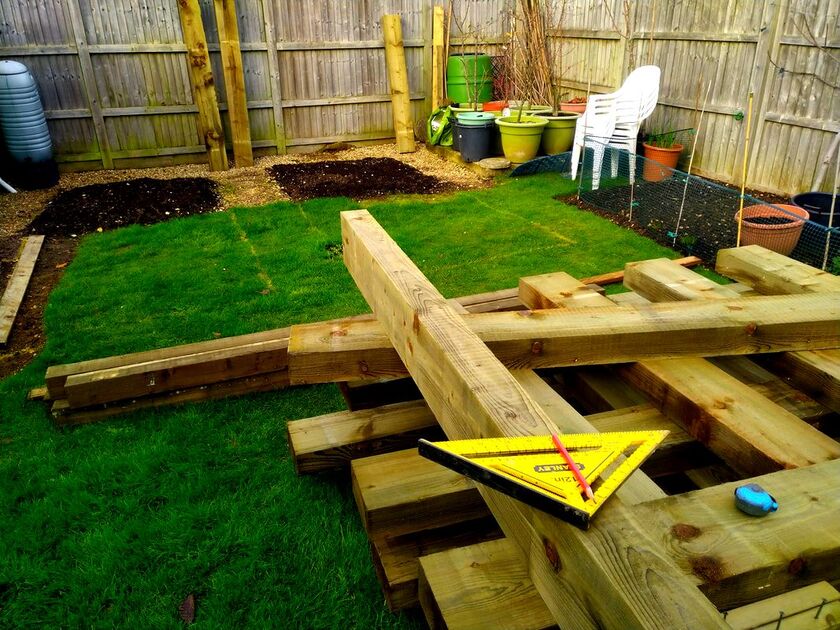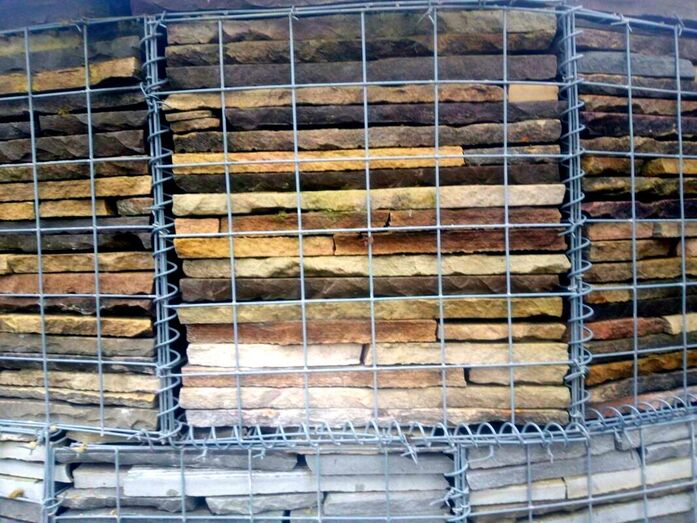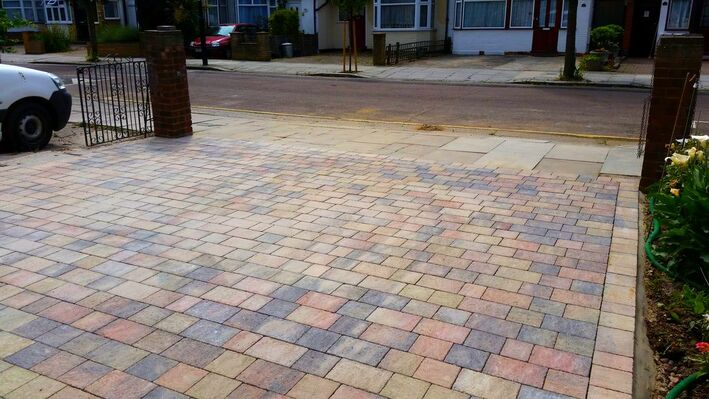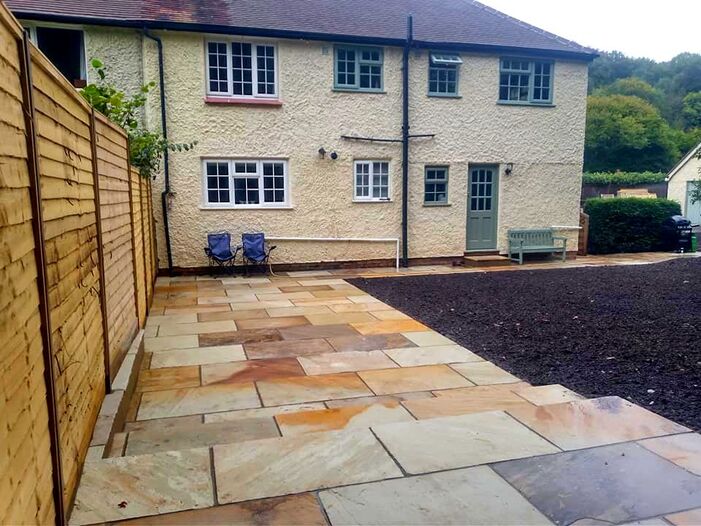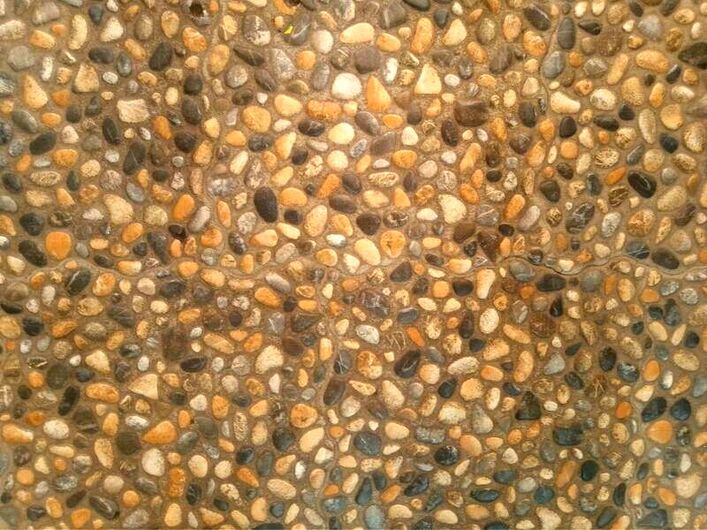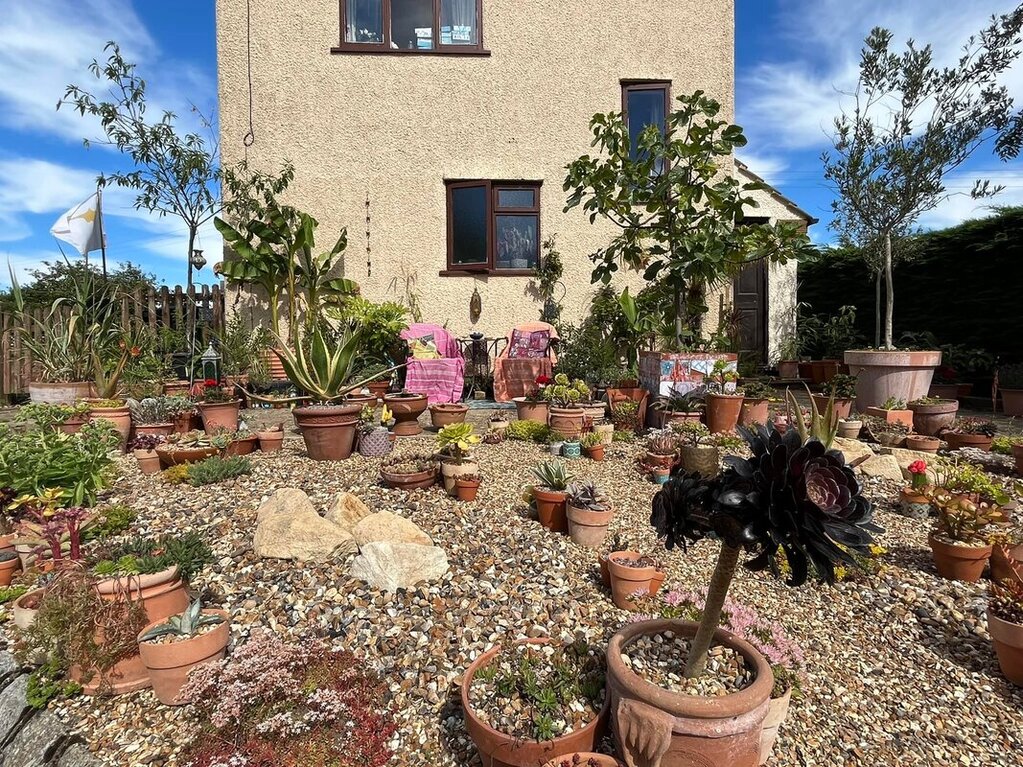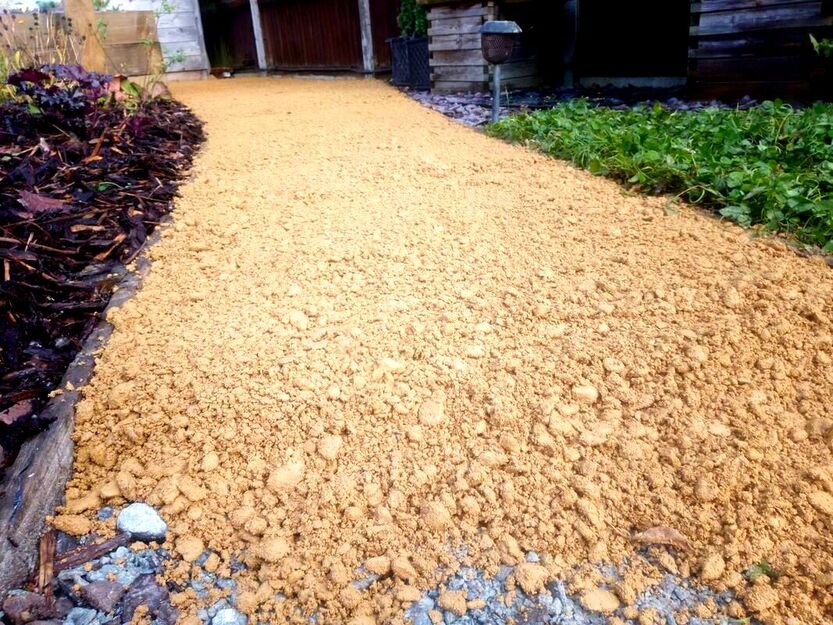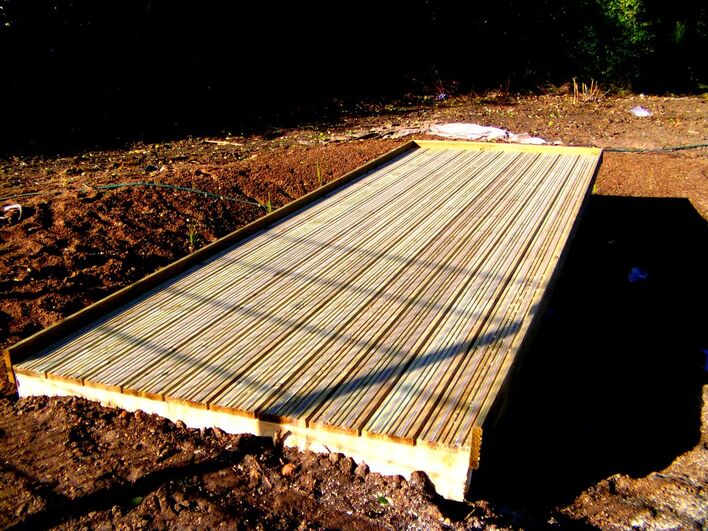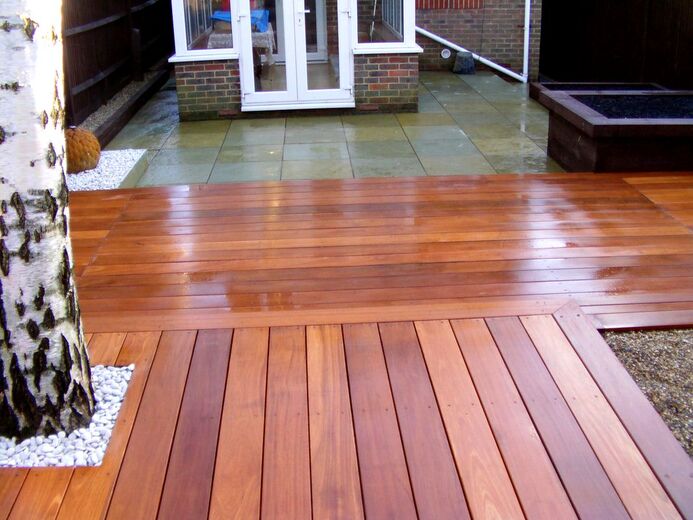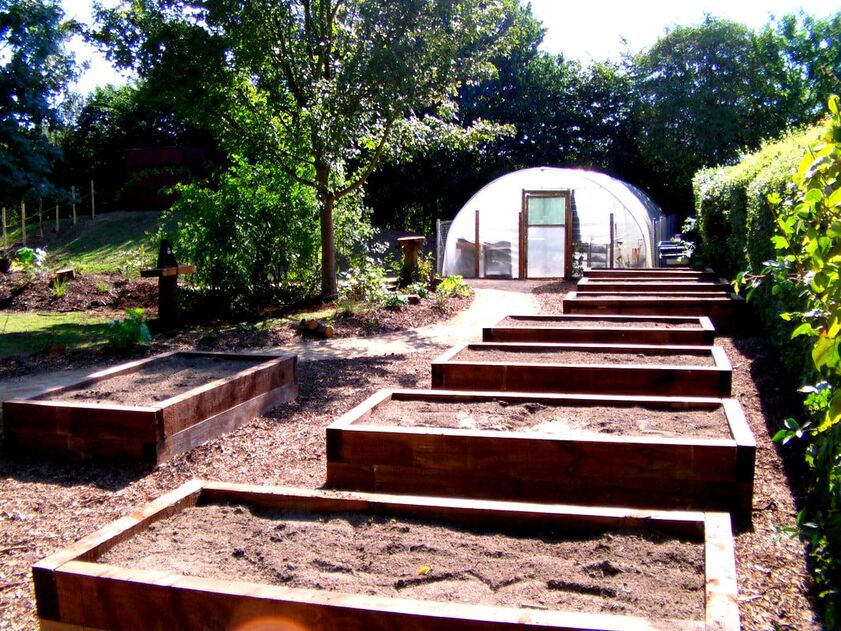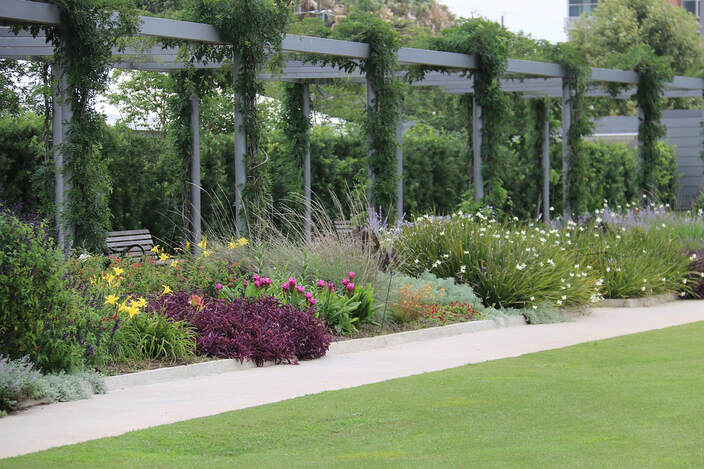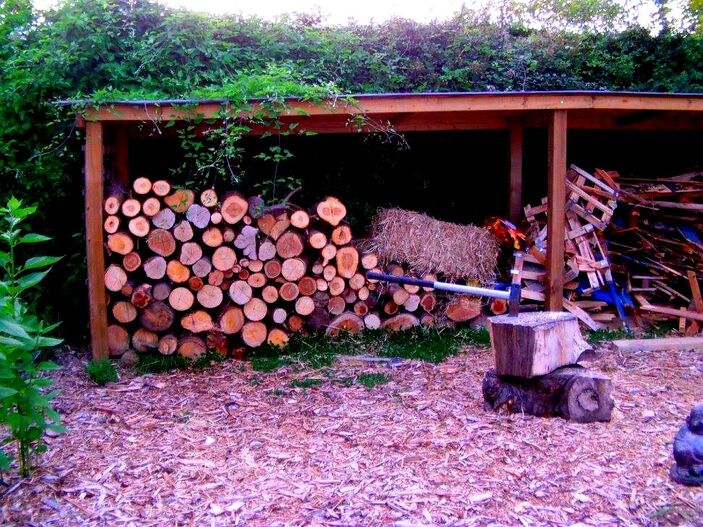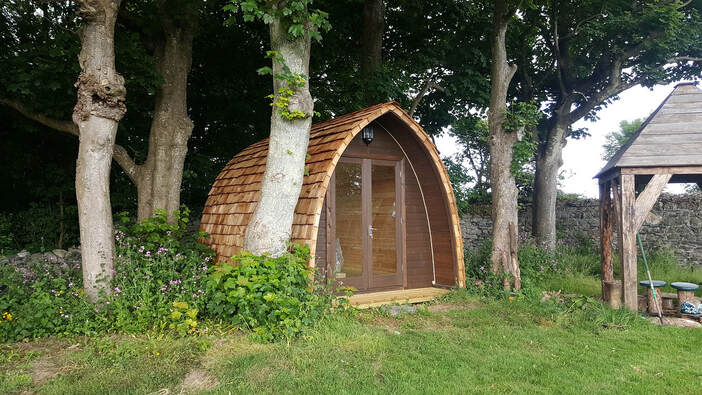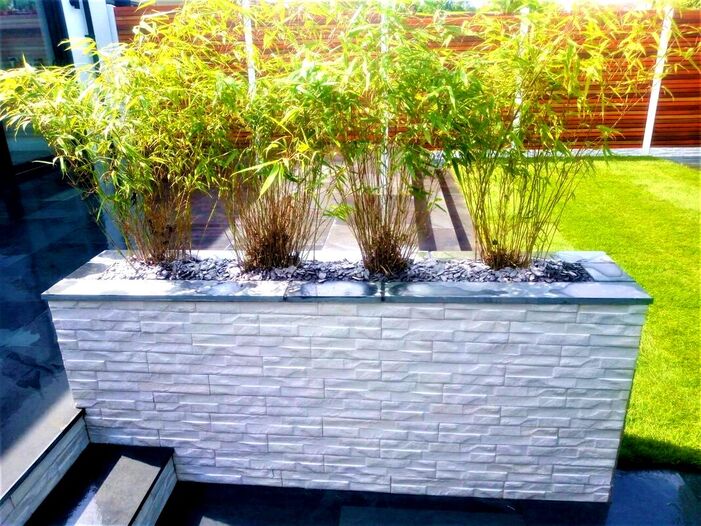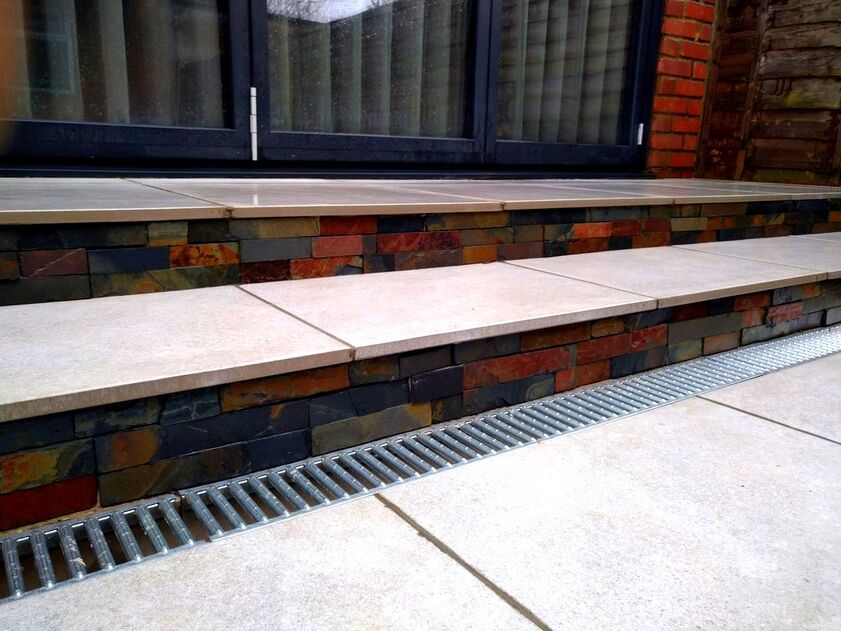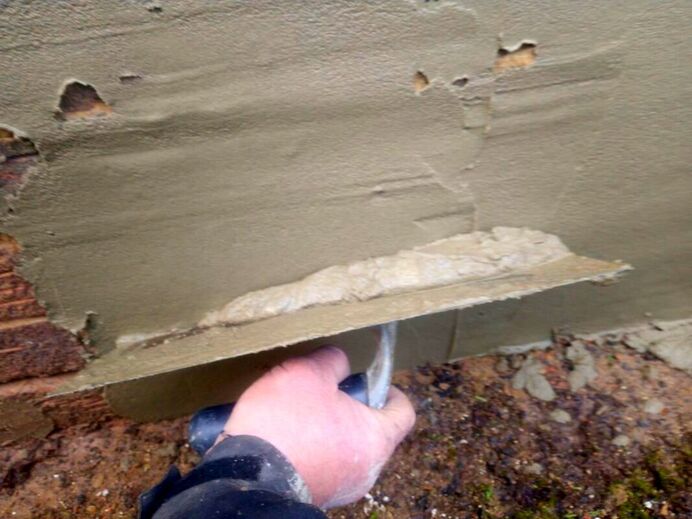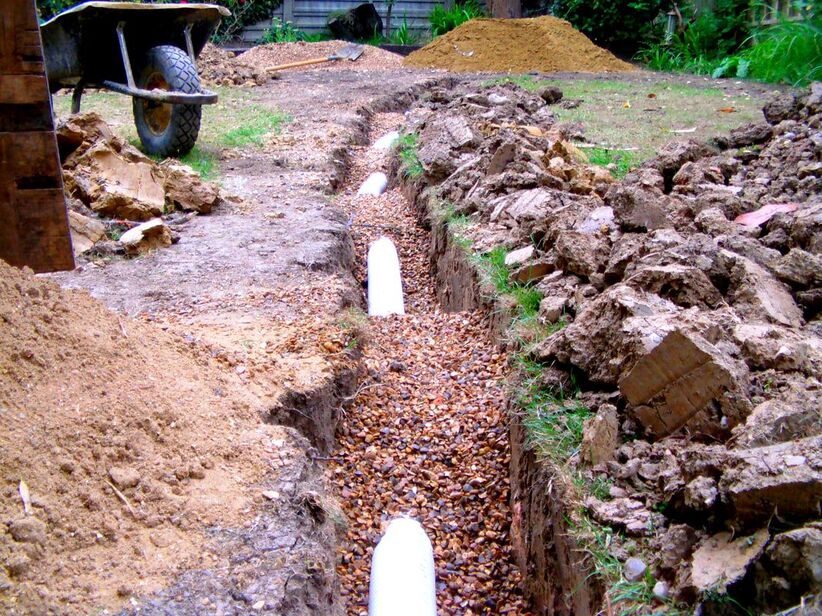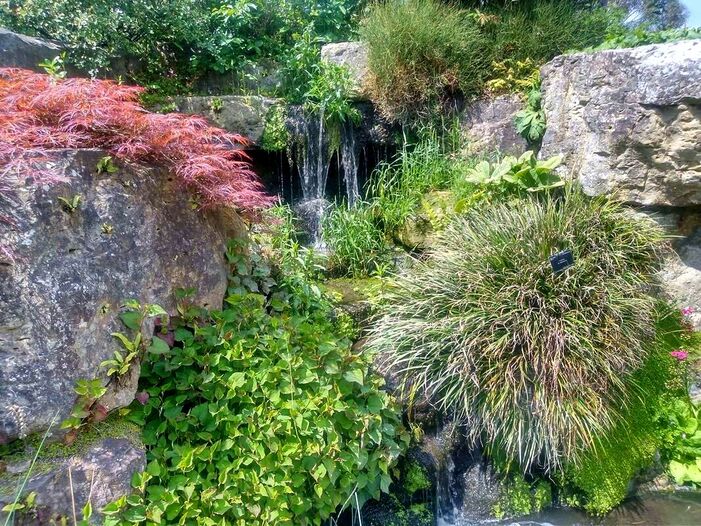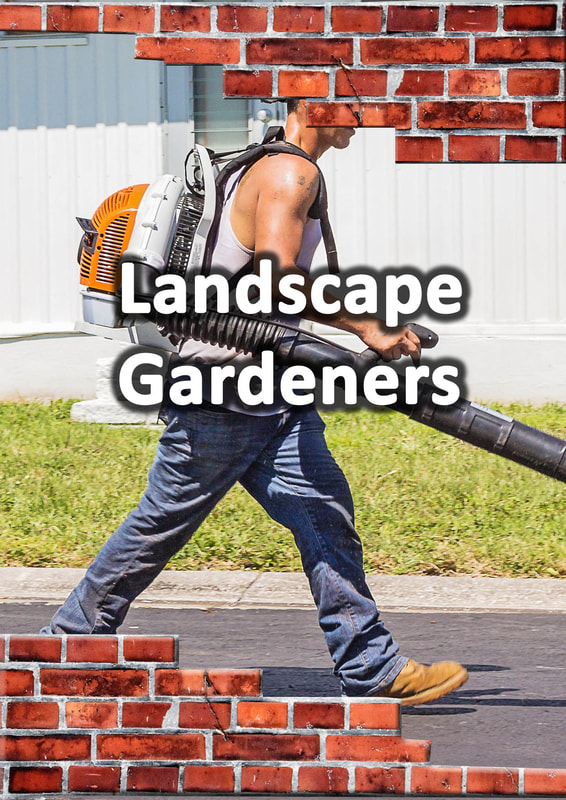|
This article contains affiliate links
When it comes to creating any landscape there is one element which is essential for development.
Hardscaping is the physical placement and construction of hard materials which form a landscapes structure. This includes features such as groundwork’s, concrete, steel, rocks and hard surfaces. Hardscaping involves all external and landscape construction from new commercial highways to small garden patios. When it comes to sheer diversity, no other type of constriction is as varied as Hardscaping. Hardscaping involves more skills and range of scale than any other construction trade. In this article I will provide a full overview of Hardscaping and summarise the nine primary hardscaping categories. What is Hardscaping?In a nutshell, hardscaping is the physical construction of gardens and landscapes using hard building materials. These include: concrete, stone, steel, timber, aggregates, and soil. In Hardscaping or ‘hard landscaping’ these materials are worked to create, landform, foundations, hard surfacing, retaining walls, terraces, platforms, planters, water bodies and structures. Hardscaping is the mastery of forming physical landscapes using hard materials, natural elements, machinery and human skill. Is hardscaping the same as landscaping?There are two main distinctions and types of landscaping, soft landscaping and hard landscaping. Soft landscaping includes landscaping with softer, living elements such as plants and turf. Soft landscaping generally involves soil preparation, planting and landscape maintenance. However hard landscaping includes the physical construction of garden and landscapes using hard materials. Hardscaping and hard landscaping is basically the same thing so yes hardscaping is a type of landscaping. The hardscaping process
Most hardscaping falls within a construction process, the larger the landscaping project the more involved this process will be. Below I identify and summarise the main stages of the hardscaping process. Understanding technical landscape drawings
Most hard landscaping will be built to some sort of plan or hardscaping specification. This will either be done via landscape detailing provided by landscape architect or a contractors drawing. Most hardscapers will be able to either put together construction plans for clients or work off detailed specification. Setting out specification
One of the most crucial parts of hardscaping is implementing what is in plan onto the physical landscape. This becomes more logistical the larger the project is and the more intricate the design is. On such larger projects hard landscaping elements are marked out on a grid system. This makes marking out to scale much easier and will typically be carried out by surveyors. Working out levels
Working out levels is fundamentally one of the most important elements of hardscaping construction. Many find it easy to understand two dimensional plans but struggle when visualising in real life. Consequently understanding levels is a Hardscapers domain, a good hardscaper will even identify aspects of levels designers fail to account for during the design process. Ground works
There are very few hardscaping projects that do not have an element of ground working. Ground works involves activities such as excavating foundations, terracing and re-levelling. This kind of work is traditionally executed with excavators with smaller works undertaken by hand. Ground working is a skill within its own right demanding high levels of skill and an eye for levels. Construction
During the construction stage of any hard landscaping project could have multiple trades working on one project. Once the main ground works are completed, foundations can be laid and construction begins. Hardscaping construction can be extremely varied including, carpentry, shuttering, brickwork, rendering, cladding, electrical work, and numerous other activities. Once the main elements of the hardscaping are complete soft landscaping works can begin. These mainly include spreading soil, turfing and planting. Completion
The completion stage of any hard landscaping project will always see extra duties. Once walls are built and structures erected there is always fine tuning and the clearing of the site. It is very common for the soft landscaping works to add the final finishes to a hardscaping project. Planting turfing and mulching is normally a sight a project is nearing final completion. 9 Main types of Hardscaping
1. Ground working
Ground working is one of the most crucial and fundamental parts of all hardscaping. The excavation of foundations, level platforms and trenches form a crucial base for various structures surfaces and installations. For any hardscaping installation to be structurally sound the ground working stage of any project is very important. Activities such as landscape terracing and contour grading require precise measurements and a skilled eye.
Moving large quantities of soil is expensive so hard landscapers must be masters of this skill. Ground working is not just restricted to the beginning of a landscaping project.
As retaining walls, raised beds and soft landscaping areas are completed they all need to be filled with new soil. Ground working always makes up the foundation of any landscape as well as the completion stage of any hardscaping project. 2. FoundationsFoundations play a pivotal role within most Hardscaping projects providing robust bases to numerous installations. Any landscape is vulnerable to natural outdoor forces of weather and ground movements. Consequently, hardscaping foundations must be robust and sturdy. In hardscaping, foundations involve providing solid bases for retaining walls, raised beds, hard surfacing, pergolas and other structures. Most landscaping foundations are formed with in-situ concrete laid and levelled into neat trenches.
For more expansive level surfaces such as paving however, foundations and bases are formed by using compacted aggregates.
Hardscaping foundations can also be utilised for many other landscape installations. Some of these include soil stabilisation and anti erosion controls. Some drainage projects also create foundation structures to secure water channels and form flood defences. No matter what type of hardscaping project is undertaken foundations form a robust base for any hard landscaping installation. 3. Retaining structuresRetaining structures provide a functional way to retain a landscapes contours and landform. Such are regularly utilised in terracing and levelling undulating groundworks. Retaining structures can also become just as aesthetic as functional in any landscape design. Retaining structures can often end up feature walls creating privacy and enhancing microclimates. The most common retaining walls in landscaping are raised beds and retaining walls. The four most popular material methods of building these; Sleepers, Gabions, Blocks and bricks. 4. Block work
Blockwork typically in the form of dense, concrete blocks is a favoured building material for retaining walls. Blocks can be laid both upright or laid on their side to form stronger retaining structures. Concrete blocks are extremely versatile and can be cut into any shape including curves. They are fast to lay and provide multiple choices for decoration including cladding, tilling and render. 5. Brickwork
Brickwork is another popular masonry material for building retaining walls. The great benefit of using bricks is they come in a wide variety of natural colour tones. Made from natural clays these fired units have interesting tonal contrasts and blotches. This combined with multiple 10mm joints create and interesting visual texture within hardscaping projects. 6. SleepersSleepers are large sections of timber which were traditionally utilised for basing railway lines. The typical dimensions of sleepers are 100mm x 200mm x 2.4 metres. This makes them the perfect building material for raised beds and retaining walls. Sleepers can easily be cut to any size or shape and planed and painted to any finish. Like blocks they can be on edge or on their side for stronger retaining features. Timber sleepers can also be set vertically in concrete to form curved retaining edging. 7. Gabions
Gabions consist of strong and ridged steel wire cages which can be filled with heavy masonry. These typically consist of natural stone rocks tightly packs within the structure. This can create an extremely aesthetic appeal and natural texture within the landscape. The advantage with gabions is the cages can be fixed to any size or width. The multiple gaps within the rocks allow water to drain freely and provide shelter opportunities for wildlife. 8. SurfacingHard surfaces make up the vast majority of usable space in any outdoor space. Pathways, seating areas, loading areas and car parks are vitally important part of any landscape. The particular type of hard surfacing implemented will depend upon its use and load placed upon it. For example, seating areas are more likely to be surfaced with decorative natural stone. Meanwhile service roads and driveways are more likely to be surfaced with more functional load bearing surfaces. Surfacing is one of the most functional parts of any hardscaping project; I have listed some of the main types below. Driveways
Driveways are primarily designed to take heavier loads than conventional hard surfaces. Consequently they require more excavation and thicker sub-bases. Such surfaces are also commonly surfaced with surfaces which provide a slight level of flexibility. Driveway surfaces such as tarmac and block paving have a very slight flexibility which prevents cracking under heavy loads. Such surfaces are regularly installed by hardscaping professionals. Patios
Patios are traditionally primary, outdoor, seating areas used for dining and relaxation. Such surfaces are normally compact and located functionally to serve as an extension of the home. Patios are typically paved with attractive natural stone or manufactured paving products such as porcelain. Patio paving is normally built upon a compacted sub-base on a strong and consistent mortar bed. Tarmac
Tarmac may not be desired for its environmental and aesthetic qualities but it is nonetheless a very functional surface. It is no accident it is one of the most dominant methods of surfacing across the globe. Tarmac offers a robust and durable surface which can mould and flex to absorb heavy loads or fluctuations in ground movement. Not all hard landscapers will lay tarmac themselves however many hardscaping projects will require some tarmac surfaces. Concrete aggregates
Like tarmac, concrete is not always thought of as a desirable surfacing material. However like tarmac, concrete has many characteristics other materials do not. Firstly, concrete has a very high compressive strength and very good at creating large slabs of ridged surfacing. This is extremely advantageous if you are surfacing over landscape voids, low spots or boggy ground. On an aesthetic level concrete can be mixed with various aggregates even recycled materials. It can then be sand blasted or polished to leave an exposed aggregate surface which is extremely effective. Loose gravels
Loose gravel aggregates are one of the most cost effective and ecological landscaping surfaces available. Spreading gravel requires much less skilled labour than other types of surfacing and is fast to lay. This makes it easy and affordable to surface large expansive areas quickly. Loose gravels allow rain water to permeate into the underlying soil reducing storm water runoff. This reduces pollutants running into drainage networks and natural watercourses. Loose gravels come in a wide variety of materials and are extremely versatile and decorative. Free binding gravel
Free binding gravel is a loose gravel surface which particles bind together tightly when compacted. This gravel is made up of a combination of crushed rock sands and clays which set hard when laid. These gravels come in a wide variety of materials and colours making them easy to fit into any design. Free binding gravel has a smooth but textured appearance with an earthy aesthetic. This has made it very popular with nature gardens and sustainable landscaping projects. 9. Timber work
Timber is one of the most versatile and organic building materials used within landscape construction. It is strong, easy to work and flexible providing vast potential for a multitude of hardscaping installations. The most common hardscaping installations created from timber are decks, retaining edging, raised beds, retaining walls, pergolas, shelters, and outbuildings. Decks
Decks come in a wide variety of timbers, sizes and colours and offer stylish seating areas and walkways. One of the most convenient aspects installing decks is they require much less excavation than other surfaces. Decks can also be raised up over obstacles’ or boggy ground. The ability to raise decks up also provides the opportunity to incorporate storage space underneath. Raised planters
A very common use for timber within hardscaping is the construction of raised beds. These can either be built as holding vessels for waterproof planters or physically retain the soil. Raised timber planters which physically retain soil require a much thicker grade of timber. This is why timber sleepers are most commonly implemented in this way. Retaining edging
Timber can also form very effective timber edging within hardscaping. The most typical application takes advantage of timbers flexible qualities. Timber gravel boards are perfect for forming organic shapes and curves when used as edging. These can also be used to edge paths which retain gravel and other types of surfacing. Treated timber gravel boards typically come in 150x 22mm x 1.8 metre lengths. Pergolas
Pergolas come in a variety of various shapes and sizes and constructed for climbing plants to ramble over. Climbers can provide ample amounts of shade, colour and scent during the summer months depending what is planted. Deciduous climbers can let in sunlight during the winter and radiant colour in the autumn. Pergolas are also ideal for growing fruiting vines such as Kiwi, squash and Grapes. Shelters
Shelters come in a wide variety of structures and are primarily constructed to keep off rain. Very often pergolas are built with transparent polycarbonate sheets to double up as rain shelters. Timber shelters are often built to house bicycles and for seasoning wood fuel. Shelters also make great open ended sheds bars and outdoor kitchens. Outbuildings
Timber outbuildings typically come in the form of pre-made sheds which can be put together on site. However, in hardscaping, it is also common to build custom sheds and outbuildings where necessary. This can be implemented on awkward sites or outbuildings which need to adhere to a specific style. 10. Raised Planters
Installing raised beds is a typical activity with hardscaping projects. Raised beds not only allow for adding good quality soil they also reduce bending and improve drainage. Raised beds can also help to add enclosure and seating to patios and other seating areas. Combined with evergreen planting the can also be used for shelter and screening. Such planters are a staple hardscaping installation for vegetable and kitchen garden projects. Raised beds can be built to any size, depth or shape most typically built using sleepers, concrete or brick. For extra stylisation timber sleepers can be painted and concrete block can be clad, tiled or rendered. 11. Cladding
Very often, old walls or even new masonry structures which need to be covered with a different facing material. This is known as cladding and typically comes under three main forms; External cladding, tiling and rendering. Below I have summarised each of these common hardscape coverings. External cladding
External cladding comes in a wide variety of products and styles. Some are fixed to existing walls via metal fixings and others are stuck to masonry using adhesive. The image below displays a type of stack cladding we used to cover patio steps built with concrete blocks Tiling
External tiling is a great way to cover over existing vertical walls and structures. Tiles come in a broad variety of materials, sizes and colours. In Hardscaping natural stone tiles such as slate, granite and sandstone look most effective. These can be applied to masonry with a high strength external grade adhesive. Rendering
Rendering is a fast and cost effective way to cover over large areas of external masonry. This usually consists of a 1:5 cement to plastering sand mortar mix applied in two coats to walls. Bonding, weather-seal and workability admixtures are usually added to the mix. The advantage with rendering is it can then be painted any colour. 12. Drainage
Drainage is not always thought of as hardscaping, however, it is very commonly undertaken by landscape professionals. Boggy ad saturated sites will need to have drainage installed before hard landscaping takes place. This is because wet ground is much more volatile and vulnerable to ground movement. This makes basing hardscaping and landscape structures challenging. Landscape drainage typically comes in the form of working surface levels, drainage channels and soakaway systems. This requires moving large amounts of soils and free drainage aggregates For more information onlandscape drainage visit our article here. 13. Water featuresWater features can come in an extremely diverse range of type’s and styles within hardscaping projects. These can range from small lakes to small garden water fountains. Water features can have traditional, historical, contemporary or ecological significance to a landscape. Water has been used within landscaping for centuries to create focal points, movement, drama, tranquillity and wildlife value.
Some of the most common water features are garden ponds. These can be contemporary formal or more naturalistic to attract wildlife.
Smaller more compact water feature type fountains are also used to create landscape focal points. These typically include electric pumps lighting and some sort of circulating water display.
Thank you for reading our article on ‘Hardscaping the full guide to building landscapes'. If you would like more information on any of the topics discovered why not email us.
Below we have linked to some other hardscaping and landscaping article you may find informative. Thank you! Hardscaping servicesIf you require Hardscaping services and are located in the Southeast or East midlands of the UK, why not contact us. We serve West London, Buckinghamshire, Hertfordshire and Oxfordshire. We have also now opened our East Anglia branch covering Norfolk and Suffolk. We also provide free hardscaping advice over email, please contact us via the button below. Useful inks about Hardscaping
'As an Amazon Associate I earn from qualifying purchases'
3 Comments
11/20/2023 05:50:55 pm
It's great that you elaborated that natural features could help provide more beauty to your property. My brother mentioned to me last night that they are planning to have a hardscape consultation that could create a paver stone patio to enhance the hardscaping project approach. He asked if I had any idea what would be the best option to do. Thanks to this informative hardscaping guide article for the best planning approach. I'll be sure to tell him that it will be much better if they consult a trusted commercial property hardscaping installation service as they can answer all their hardscaping inquiries.
Reply
Paul Nicolaides
11/21/2023 01:35:20 pm
Hey Steve, thank you so much for reading and your comments. Good luck with your landscaping project.
Reply
12/28/2023 08:28:13 pm
Water fixtures could be an amazing addition to our home property if we can get some installed. I see them as the best additions we can get for curb appeal since we have a lot of leftover space we can use. To maximize that, I'll look for a hardscaping expert who can help us get to work on that when the weather dies down.
Reply
Leave a Reply. |
The Author
|
Landscaping services across Buckinghamshire, Amersham, Aylesbury & High Wycombe
Hyde Heath, Amersham, Buckinghamshire |
|

